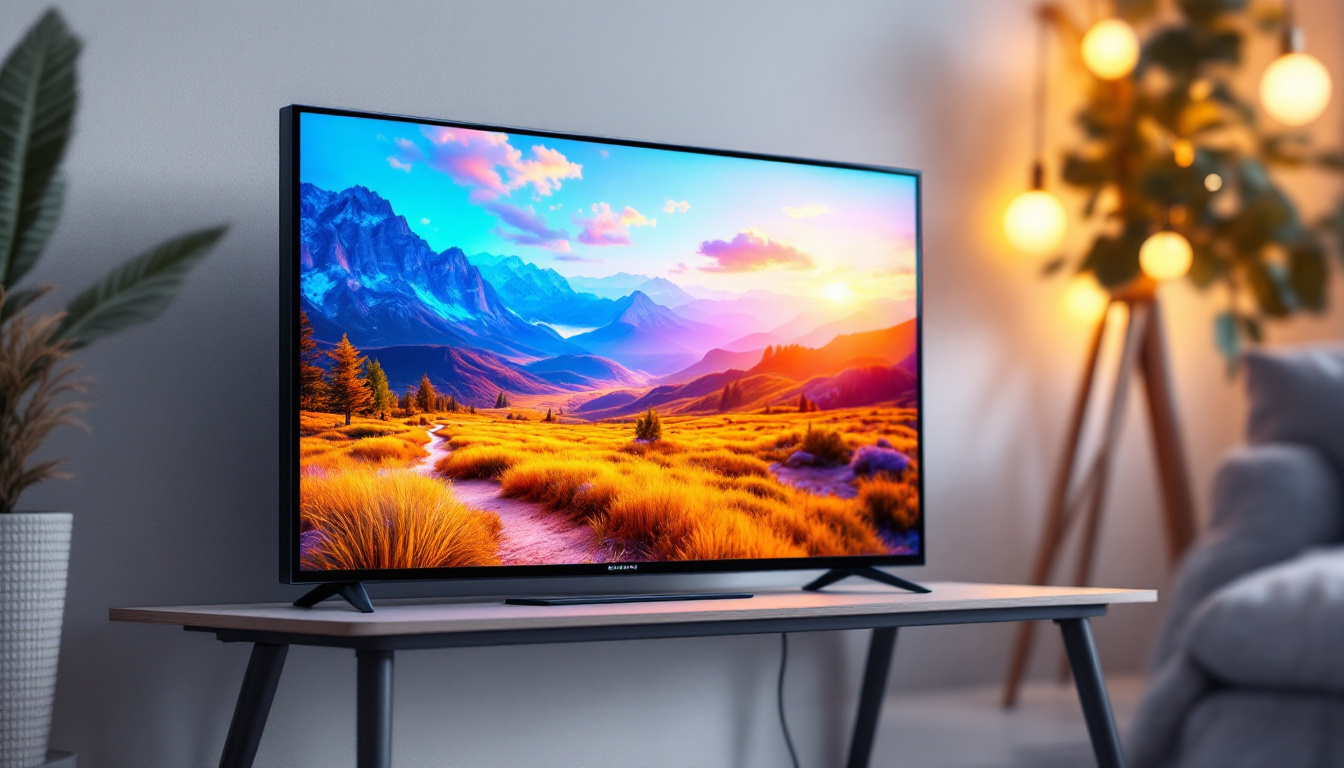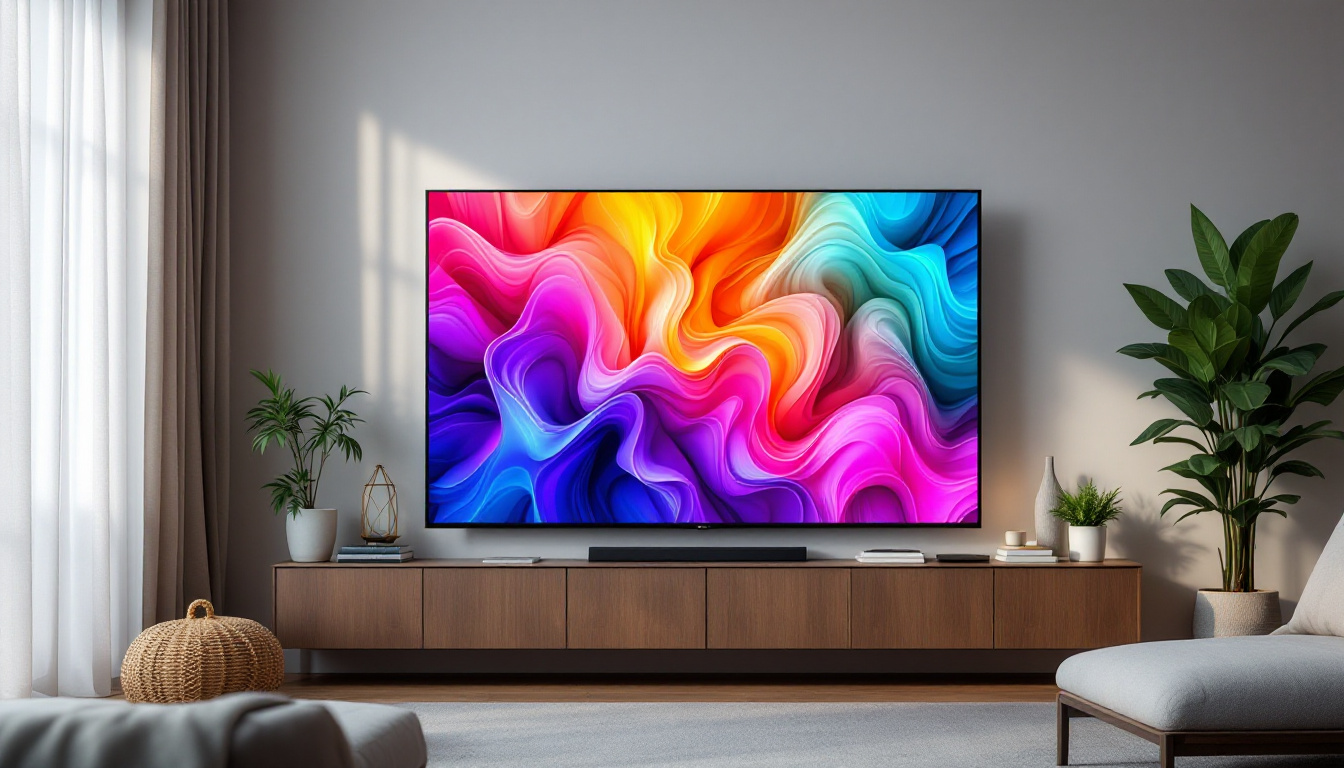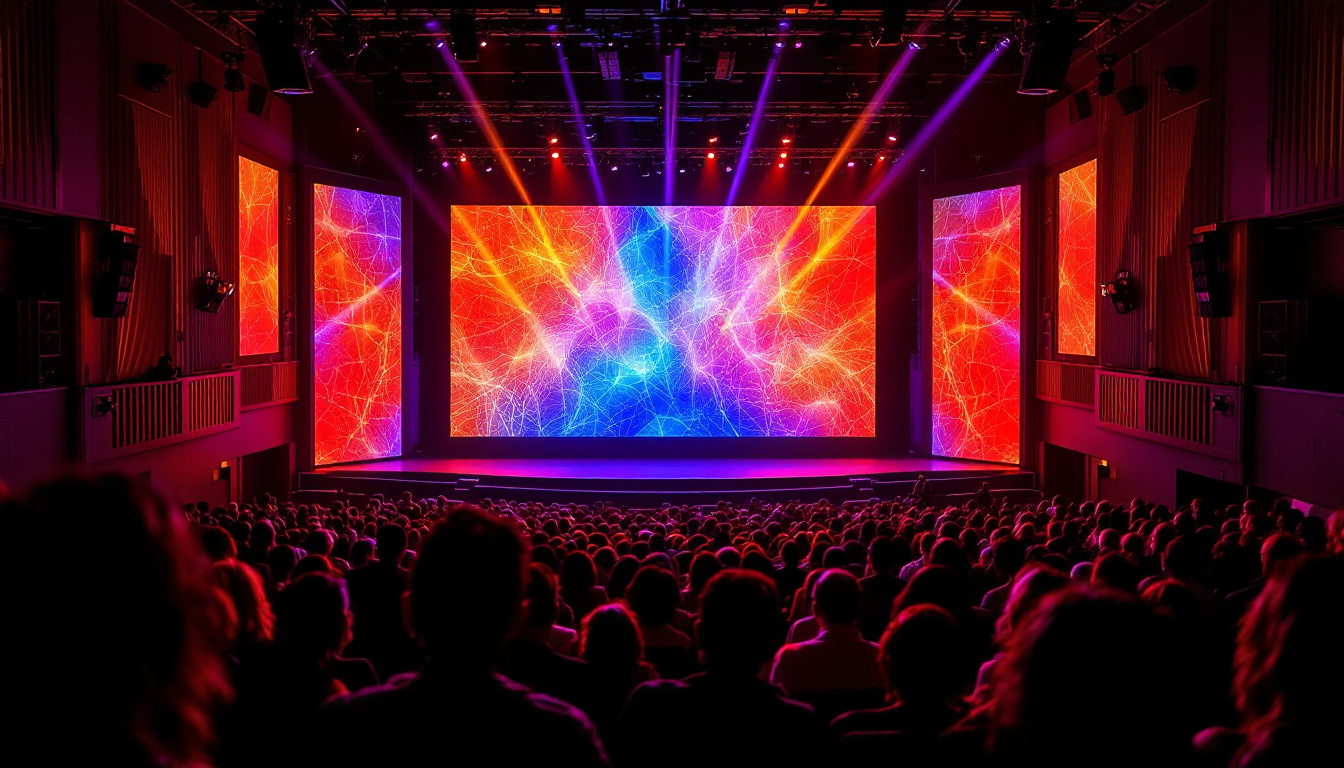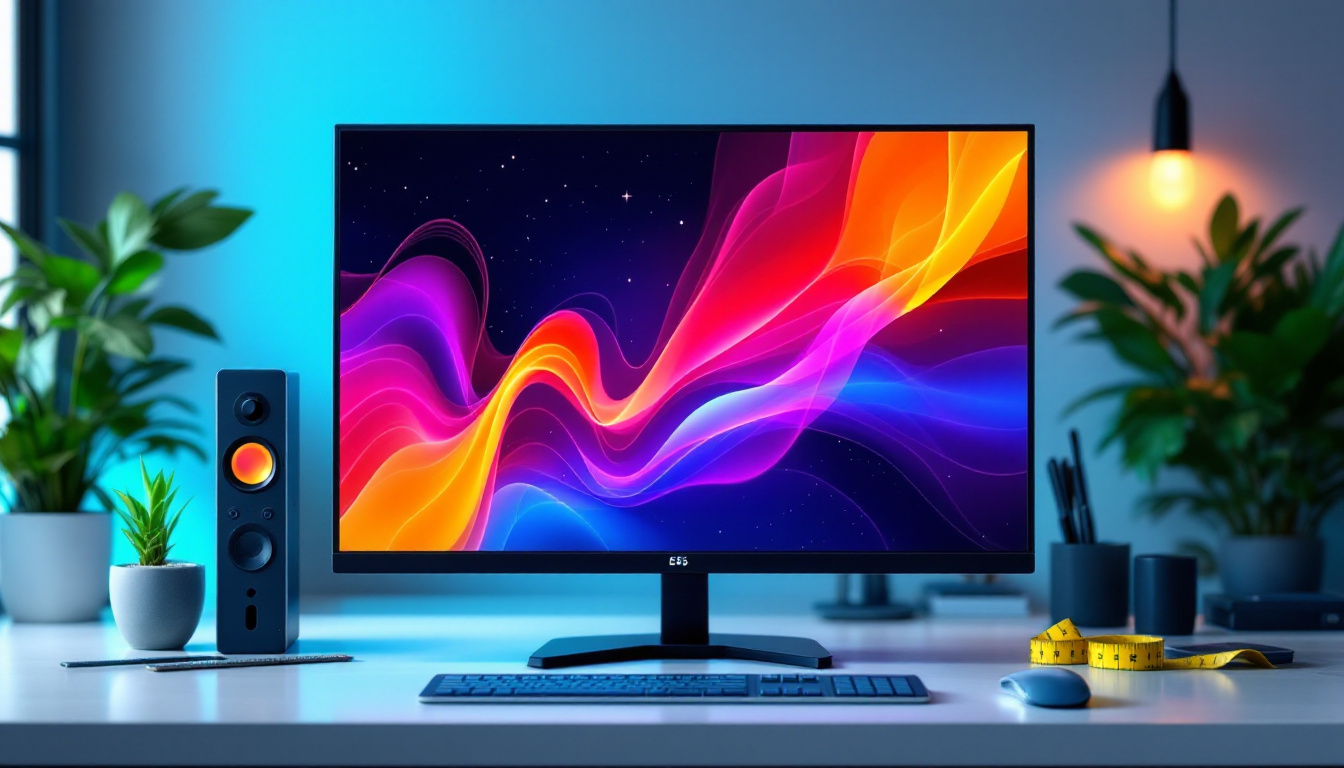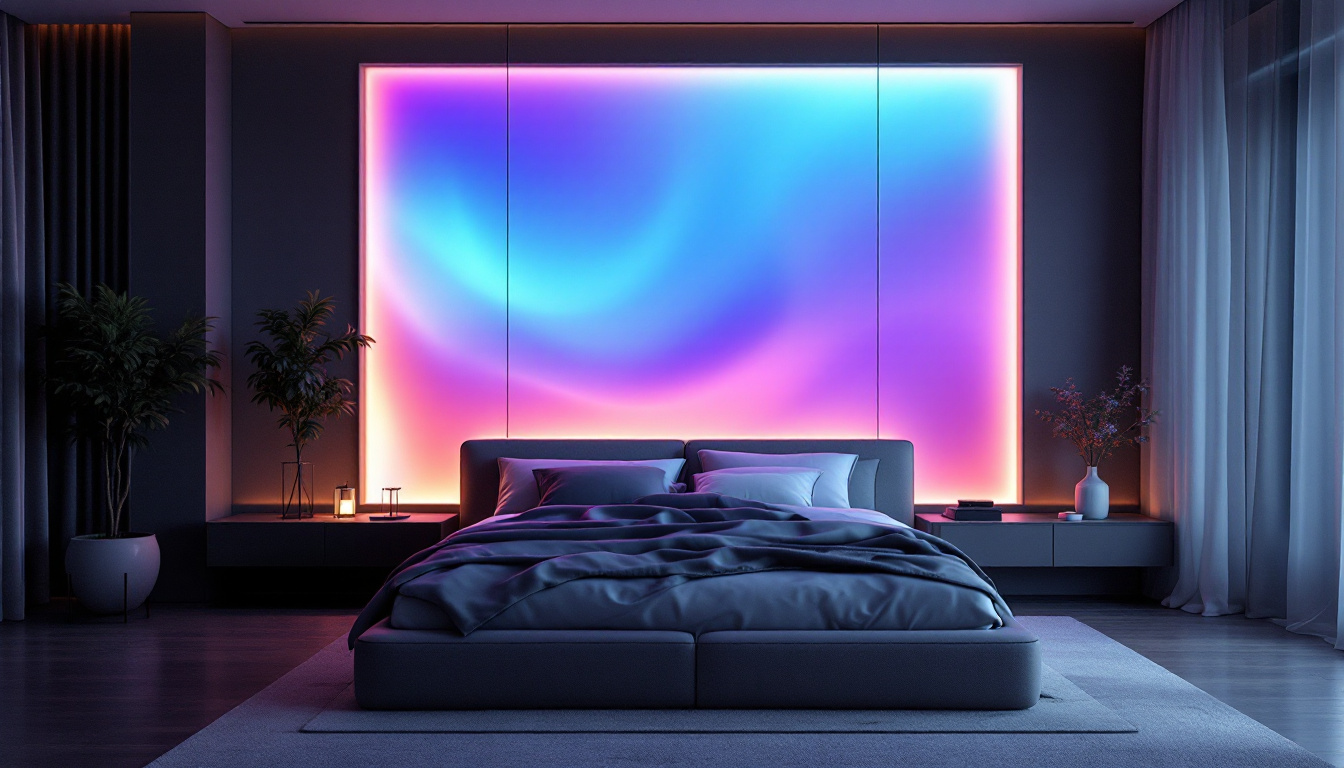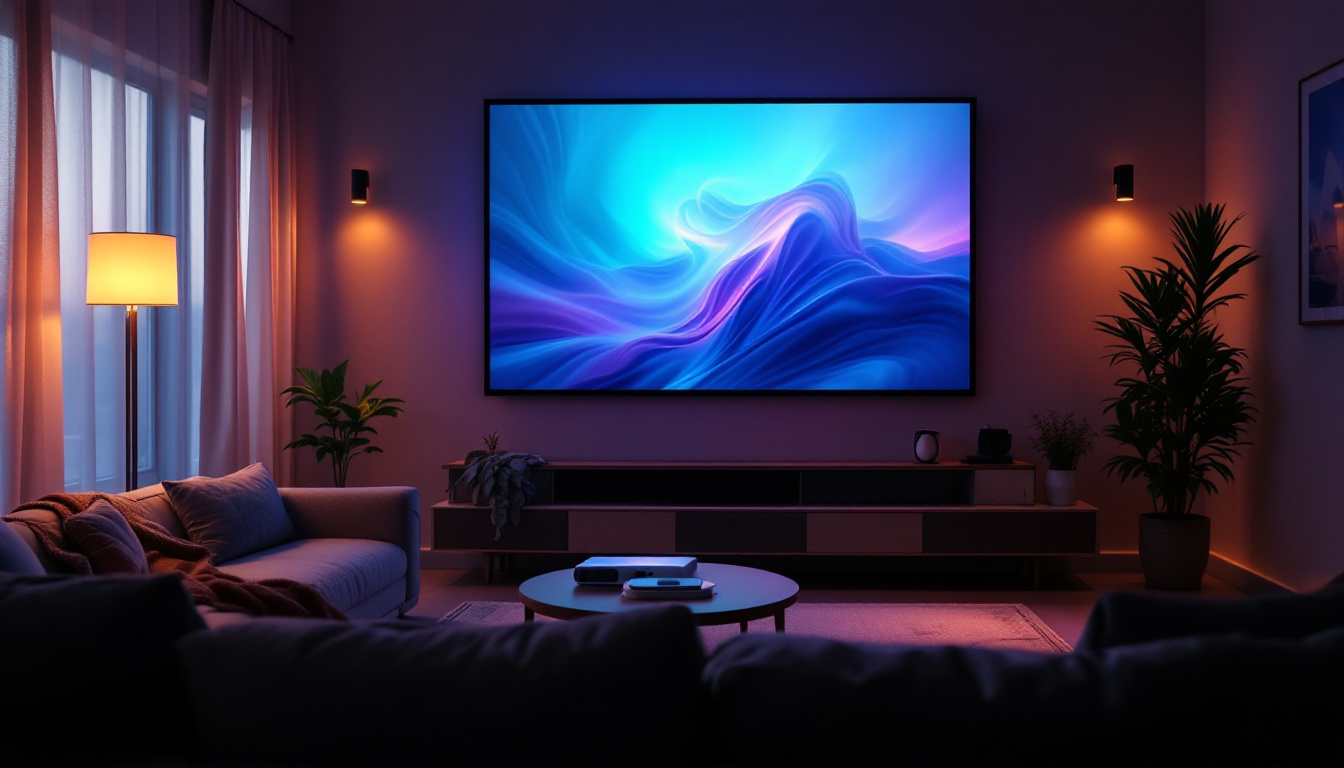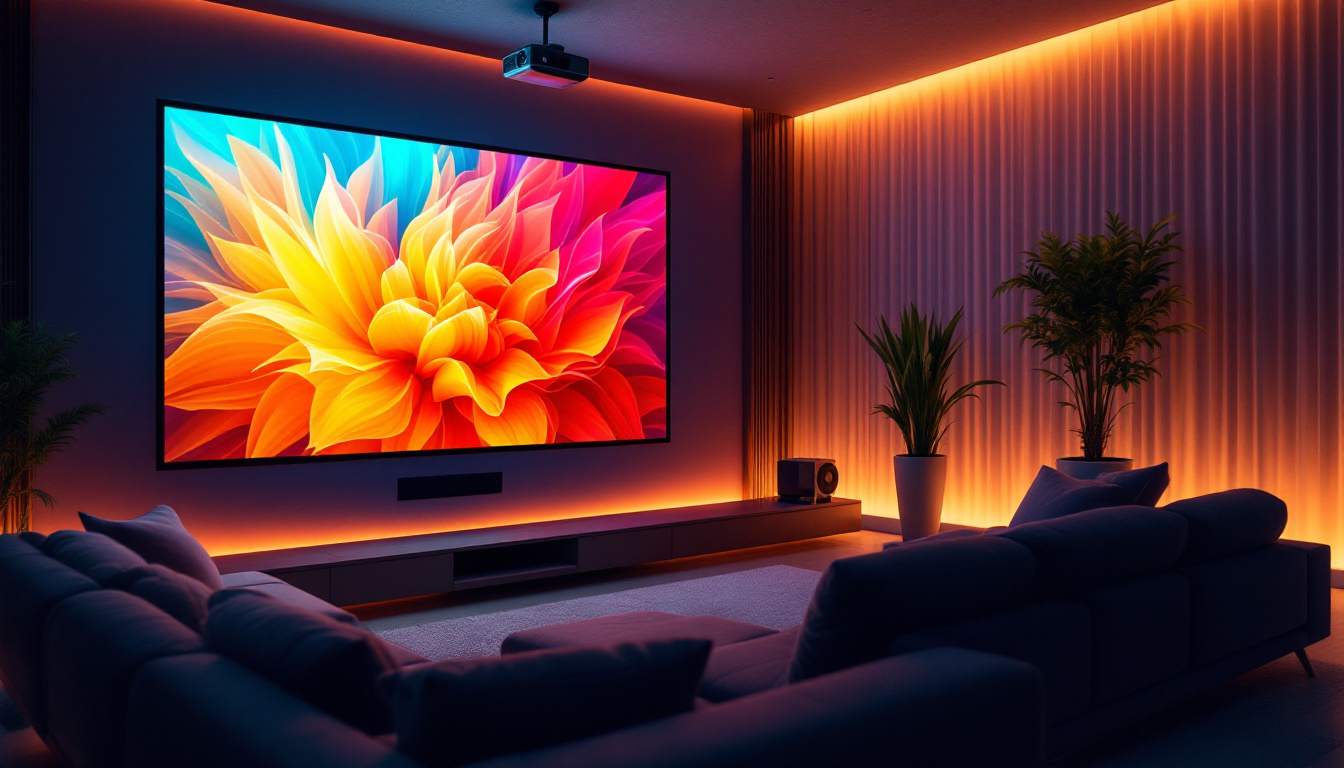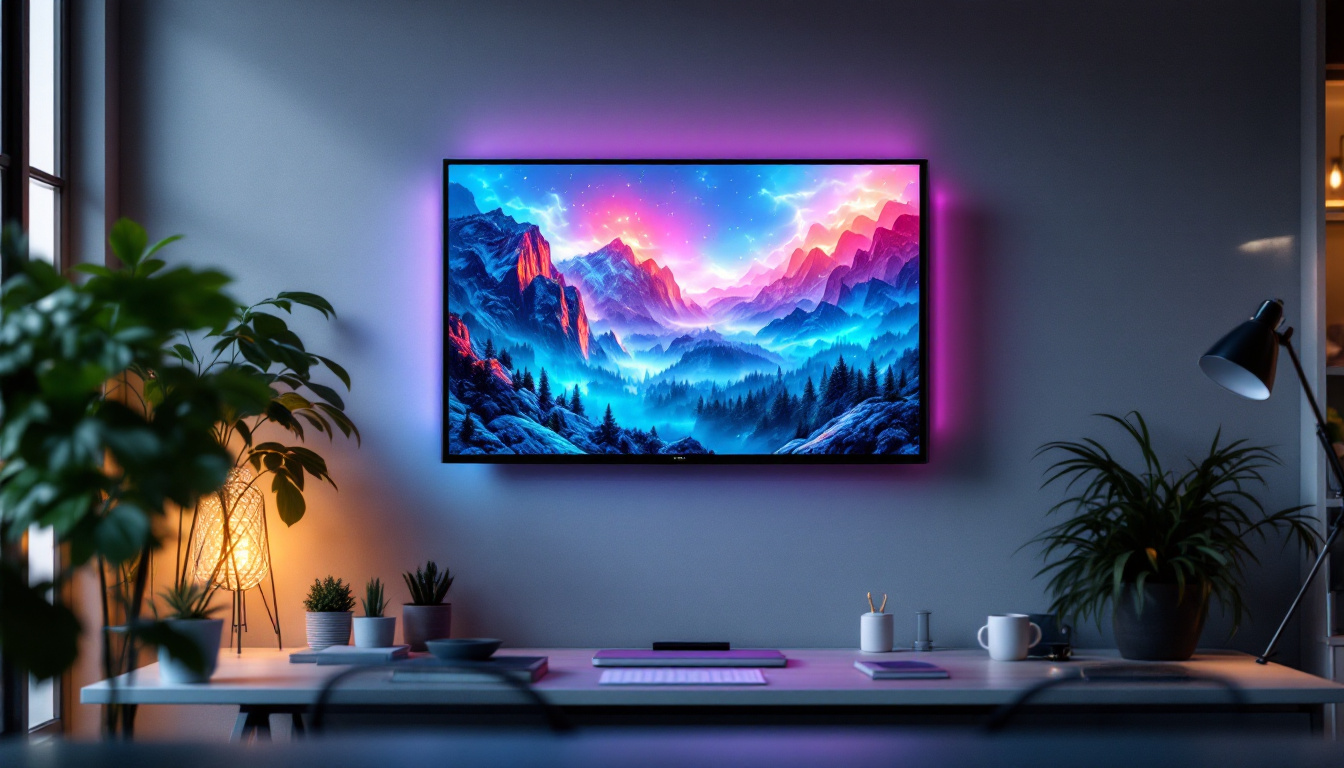In the ever-evolving world of technology, the demand for compact and efficient devices has led to the rise of LCD mini TVs. These small yet powerful screens have become increasingly popular for their versatility and ease of use. This article delves into the intricacies of LCD mini TVs, focusing on their LED display technology, advantages, and applications.
Understanding LCD Technology
Liquid Crystal Display (LCD) technology has revolutionized the way we experience visual media. Unlike traditional cathode ray tube (CRT) televisions, LCDs utilize liquid crystals sandwiched between two layers of glass or plastic. This configuration allows for a thinner profile and lighter weight, making them ideal for miniaturization. The evolution of LCD technology has not only transformed televisions but also impacted a wide array of devices, including smartphones, tablets, computer monitors, and even digital signage. As a result, LCDs have become ubiquitous in our daily lives, providing vibrant visuals in both personal and professional settings.
How LCD Works
At its core, an LCD panel operates by manipulating light. When an electric current passes through the liquid crystals, they align in such a way that they either block or allow light to pass through. This process creates images on the screen. The backlight, typically made of LEDs, illuminates the display, enhancing brightness and color accuracy. Additionally, the use of polarizers on either side of the liquid crystal layer plays a crucial role in controlling the light’s passage, ensuring that the images produced are sharp and clear. The combination of these elements allows LCDs to deliver a stunning visual experience, making them a preferred choice for both casual viewers and professionals in graphic design and photography.
Types of LCD Displays
There are two primary types of LCD displays: Twisted Nematic (TN) and In-Plane Switching (IPS). TN panels are known for their fast response times, making them suitable for gaming. However, they often suffer from poor color reproduction and limited viewing angles. On the other hand, IPS panels offer better color accuracy and wider viewing angles, making them ideal for watching movies or viewing images. In addition to these two types, there are also Vertical Alignment (VA) panels, which strike a balance between TN and IPS by providing better contrast ratios and deeper blacks, making them a popular choice for home theater setups. As technology continues to advance, newer variations such as OLED (Organic Light Emitting Diode) and Mini-LED are emerging, further pushing the boundaries of display quality and performance.
LED Backlighting: A Game Changer
LED backlighting has transformed the landscape of LCD displays. By replacing traditional fluorescent backlights with LED technology, manufacturers have significantly improved the performance of LCD mini TVs. This section explores how LED backlighting enhances the viewing experience.
Benefits of LED Backlighting
One of the most significant advantages of LED backlighting is energy efficiency. LEDs consume less power than their fluorescent counterparts, resulting in lower electricity bills and a reduced environmental footprint. Additionally, LED backlighting allows for thinner designs, enabling manufacturers to create ultra-slim mini TVs without compromising on quality. This sleek design not only appeals to aesthetic preferences but also makes it easier to mount these TVs in various settings, from cozy living rooms to compact bedrooms.
Moreover, the longevity of LED technology is another compelling benefit. LEDs typically last much longer than traditional bulbs, often exceeding 50,000 hours of use. This durability means less frequent replacements and lower maintenance costs over time. As a result, consumers can enjoy their favorite shows and movies without the hassle of dealing with burnt-out bulbs, making LED backlit TVs a practical choice for everyday entertainment.
Types of LED Backlighting
There are two main types of LED backlighting: edge-lit and full-array. Edge-lit LED displays have LEDs positioned along the edges of the screen, which can lead to uneven brightness in some cases. Full-array LED displays, however, have a grid of LEDs behind the entire screen, allowing for more uniform brightness and better contrast ratios. This technology is particularly beneficial for HDR (High Dynamic Range) content, enhancing the overall viewing experience. With full-array backlighting, viewers can appreciate deeper blacks and brighter whites, which is essential for enjoying visually stunning films and high-definition video games.
Additionally, some advanced full-array LED displays incorporate local dimming technology, which enables specific areas of the screen to dim or brighten independently. This feature not only improves contrast but also enhances the depth of the image, providing a more immersive viewing experience. As a result, consumers can enjoy a cinematic experience right in their own homes, with vibrant colors and striking details that bring every scene to life.
Advantages of LCD Mini TVs
LCD mini TVs offer a myriad of advantages that make them appealing to consumers. From portability to versatility, these compact devices are designed to meet the needs of modern viewers.
Portability and Space Efficiency
One of the standout features of LCD mini TVs is their portability. Their lightweight and compact design make them easy to transport, whether for a camping trip, a family gathering, or simply moving from room to room. This flexibility allows users to enjoy their favorite shows and movies virtually anywhere.
Versatile Applications
LCD mini TVs are not just for home entertainment. They are increasingly being used in various settings, including offices, classrooms, and retail environments. In offices, they can serve as digital signage or presentation displays, while in classrooms, they can facilitate interactive learning experiences. Retailers utilize mini TVs to showcase products, enhancing customer engagement.
Cost-Effectiveness
Another significant advantage of LCD mini TVs is their affordability. As technology has advanced, the price of these devices has decreased, making them accessible to a broader audience. This cost-effectiveness does not come at the expense of quality; many mini TVs offer impressive picture quality and sound performance, making them a great value for consumers.
Choosing the Right LCD Mini TV
With a plethora of options available in the market, selecting the right LCD mini TV can be a daunting task. Several factors should be considered to ensure that the chosen model meets individual needs and preferences.
Screen Size and Resolution
Screen size is a crucial factor when choosing an LCD mini TV. While larger screens provide a more immersive viewing experience, smaller screens are more portable and can fit in tighter spaces. Additionally, resolution plays a significant role in image quality. Full HD (1080p) and 4K (2160p) resolutions offer superior clarity and detail, making them ideal for watching high-definition content.
Connectivity Options
Connectivity is another important consideration. Most modern LCD mini TVs come equipped with multiple HDMI ports, USB ports, and even wireless connectivity options like Wi-Fi and Bluetooth. These features allow users to connect various devices, such as gaming consoles, streaming devices, and sound systems, enhancing the overall entertainment experience.
Popular Brands and Models
The market is filled with reputable brands that offer high-quality LCD mini TVs. Each brand has its unique features and specifications, catering to different consumer needs.
Samsung
Samsung is known for its innovative technology and high-quality displays. Their range of LCD mini TVs often features vibrant colors and impressive contrast ratios, making them a popular choice among consumers. Models like the Samsung QN90A offer excellent picture quality and smart features, making them suitable for a variety of uses.
LG
LG is another leading brand in the display technology sector. Their LCD mini TVs are recognized for their sleek designs and user-friendly interfaces. With models such as the LG UHD AI ThinQ, viewers can enjoy stunning visuals and smart capabilities, enhancing their overall viewing experience.
Sony
Sony has a long-standing reputation for delivering high-quality audio and visual products. Their LCD mini TVs are no exception, offering exceptional picture quality and sound performance. The Sony X800H series, for instance, combines 4K resolution with advanced processing technology, providing an immersive viewing experience.
Maintaining Your LCD Mini TV
Proper maintenance can significantly extend the lifespan of an LCD mini TV. Simple care routines can prevent common issues and ensure optimal performance over time.
Cleaning the Screen
Keeping the screen clean is essential for maintaining picture quality. Use a microfiber cloth to gently wipe the screen, avoiding harsh chemicals that can damage the display. For stubborn stains, a mixture of water and vinegar can be used, but it is crucial to apply it to the cloth rather than directly on the screen.
Managing Cables and Connections
Organizing cables and connections can help prevent wear and tear. Using cable management solutions can keep cords tidy and reduce the risk of accidental disconnections. Regularly checking connections can also ensure that all devices are functioning properly and that the TV is receiving the best possible signal.
Future Trends in LCD Mini TVs
The future of LCD mini TVs looks promising, with advancements in technology paving the way for even more innovative features. As consumer demands evolve, manufacturers are continuously seeking ways to enhance performance and user experience.
Smart Features and Integration
As smart home technology becomes more prevalent, LCD mini TVs are increasingly being integrated with smart features. This includes voice control, compatibility with smart assistants, and access to streaming services directly from the TV. Such advancements make it easier for users to access their favorite content without the need for additional devices.
Improved Picture Quality
Future developments in display technology are likely to yield even better picture quality. Innovations such as mini-LED and quantum dot technologies promise to enhance brightness, color accuracy, and contrast ratios. These advancements will enable LCD mini TVs to deliver a more immersive viewing experience, rivaling larger models.
Conclusion
LCD mini TVs equipped with LED display technology represent a significant advancement in the world of entertainment. Their compact size, versatility, and affordability make them an attractive option for a wide range of consumers. By understanding the technology behind these devices, as well as their advantages and maintenance needs, users can make informed decisions and enjoy their viewing experience to the fullest.
As technology continues to evolve, the future of LCD mini TVs looks bright. With ongoing innovations in smart features and picture quality, these devices are set to remain a staple in homes, offices, and beyond. Whether for casual viewing or professional applications, LCD mini TVs are poised to meet the demands of modern life.
Discover the Future of Visual Experience with LumenMatrix
Ready to elevate your viewing experience with the latest in LED display technology? Look no further than LumenMatrix, a pioneer in crafting immersive visual displays that transform any space. Whether you’re seeking to enhance your home entertainment, captivate your audience in a commercial setting, or make a bold statement with digital signage, LumenMatrix offers a comprehensive range of solutions, including Indoor and Outdoor LED Wall Displays, Vehicle LED Displays, and more. Embrace the future of visual communication and check out LumenMatrix LED Display Solutions today to see how we can illuminate your world.

